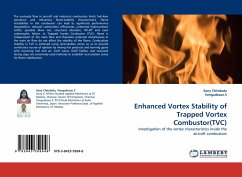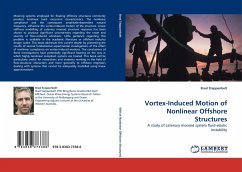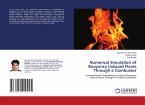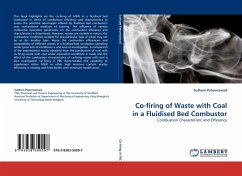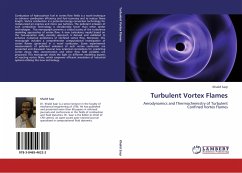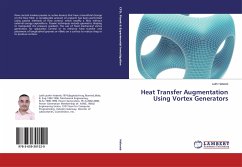The unsteady flow in aircraft and industrial combustors limits fuel-lean operation and influences flame-stability characteristics. Flame instabilities in the combustor can lead to significant performance degradation, reduced combustion efficiencies, unburned hydrocarbons (UHC), possible blow out, structural vibration, lift-off and even catastrophic failure. In Trapped Vortex Combustor (TVC), flame is independent of the main flow and therefore potential disturbances in the main air flow do not affect the stability of the flame. Combustion stability in TVC is achieved using recirculation zones so as to provide continuous source of ignition by mixing hot products and burning gases with incoming fuel and air. Swirl vanes, bluff bodies, and rearward facing steps are commonly used methods to establish recirculation zones for flame stabilization.
Bitte wählen Sie Ihr Anliegen aus.
Rechnungen
Retourenschein anfordern
Bestellstatus
Storno

